From the Western States 100 website:
The Western States 100-Mile Endurance Run is the world’s oldest 100-mile trail race. Starting in Squaw Valley, California near the site of the 1960 Winter Olympics and ending 100.2 miles later in Auburn, California, Western States, in the decades since its inception in 1974, has come to represent one of the ultimate endurance tests in the world.
Following the historic Western States Trail, runners climb more than 18,000 feet and descend nearly 23,000 feet before they reach the finish line at Placer High School in Auburn. In the miles between Squaw Valley and Auburn, runners experience the majestic high country beauty of Emigrant Pass and the Granite Chief Wilderness, the crucible of the canyons of the California gold country, a memorable crossing of the ice-cold waters of the main stem of the Middle Fork of the American River, and, during the latter stages, the historic reddish-brown-colored trails that led gold-seeking prospectors and homesteading pilgrims alike to the welcoming arms of Auburn.
For more than four decades, Western States has been home to some of the sport’s most stirring and legendary competitions, and has spurred the capacity of spirit of all runners, of all abilities and from all walks of life, from all over the globe.
With more than 1,500 dedicated volunteers, offering the sport’s oldest and most prized possession – a sub-30-hour finisher’s bronze belt buckle or a sub-24-hour finisher’s silver belt buckle – and owning 100-mile racing’s richest and most compelling history, Western States remains one of the undisputed crown jewels of human endurance.
Photo credit http://www.tonyapermephotography.com
If you are not participating in this event, please use other trails.
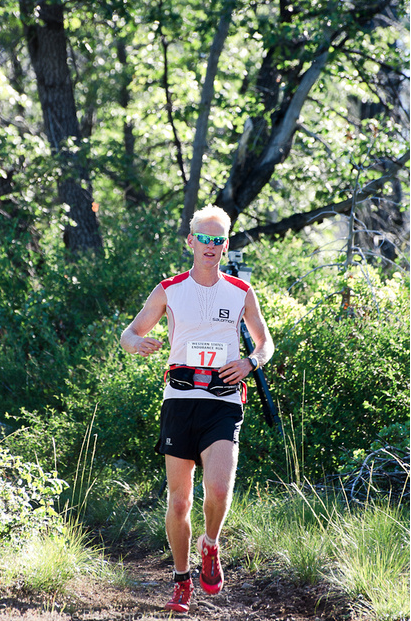
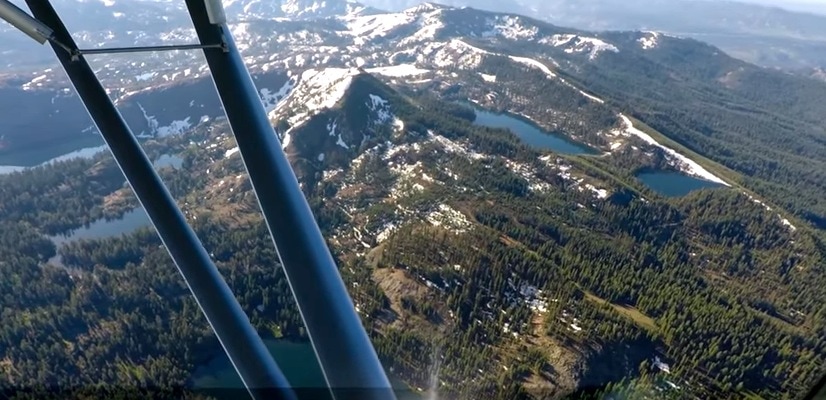
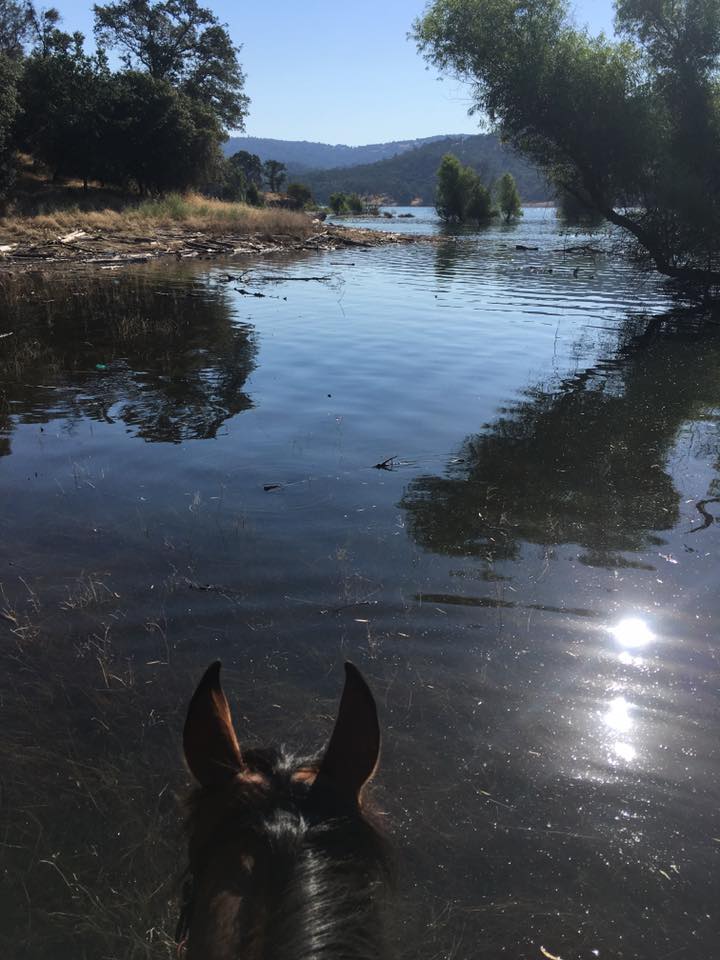

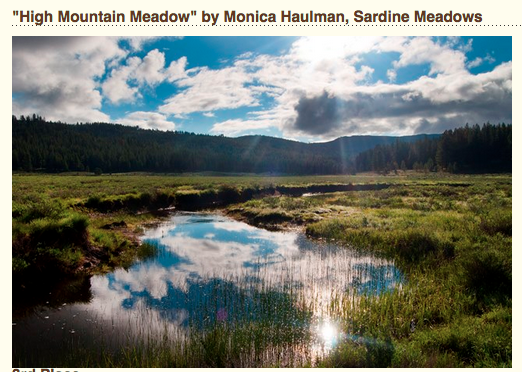
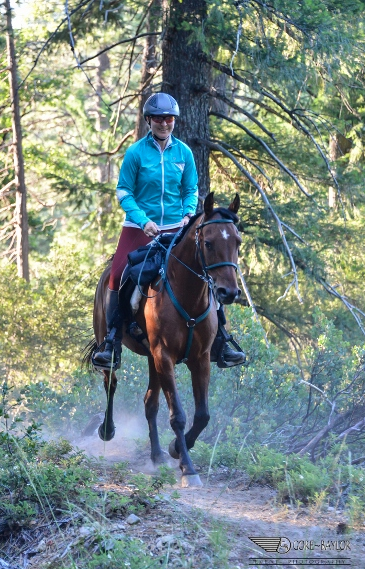
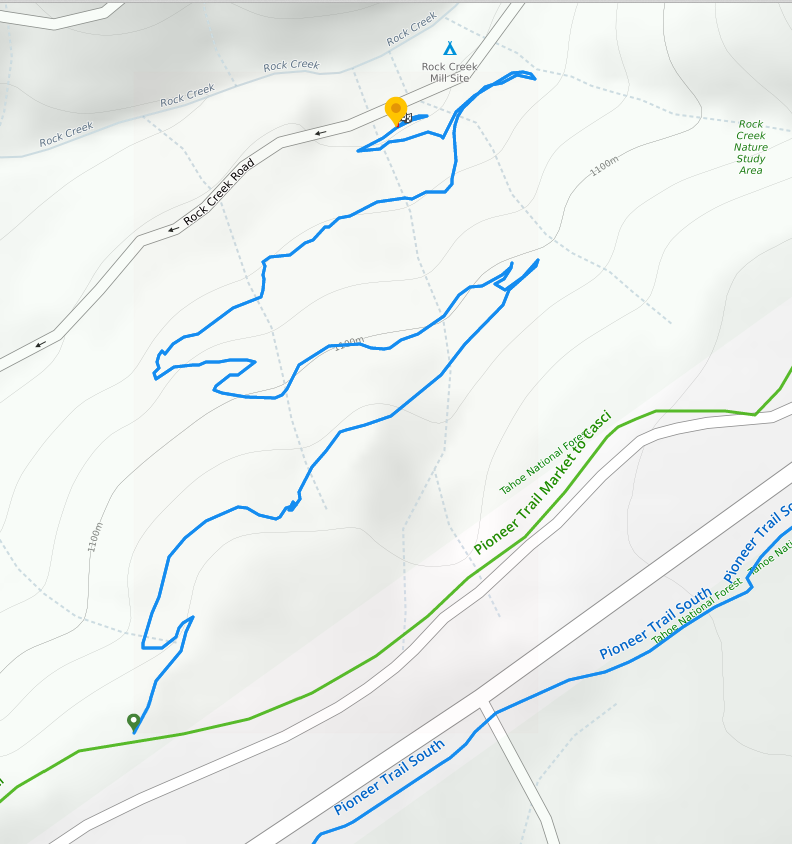
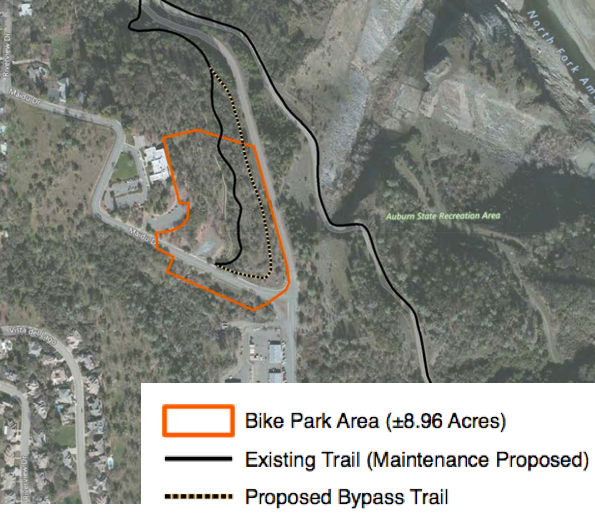

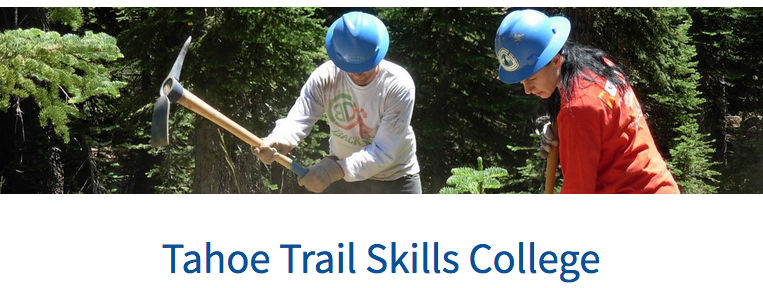
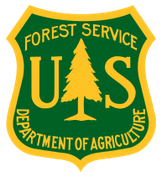
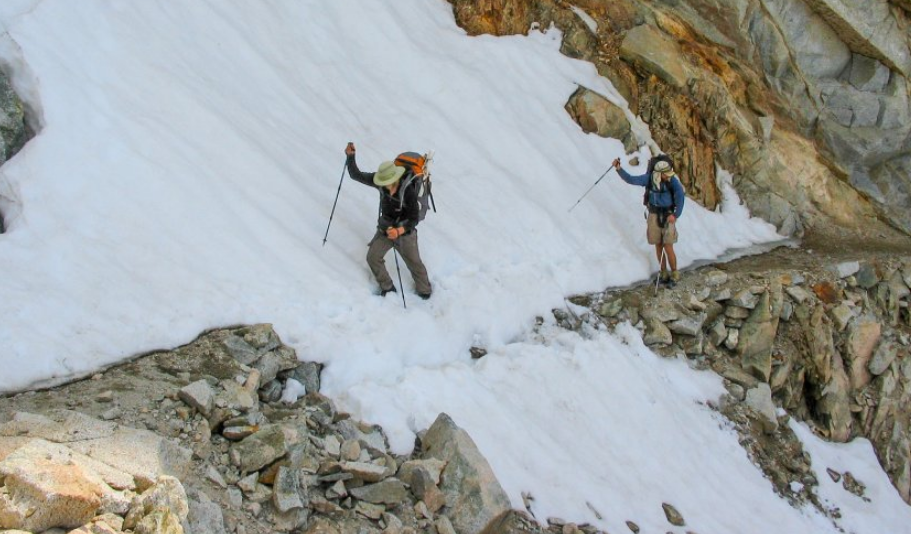
 RSS Feed
RSS Feed